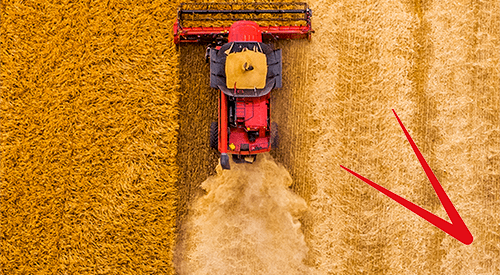From 6 April 2020, the standard payroll employment allowance (EA) of £4,000 is deemed to be top-slice 'De minimis State Aid'. There are limits on the amount of State Aid that can be received, if those limits are breached the EA is reduced or withdrawn in full. The limit for the agriculture sector is effectively €20,000.
Some farmers are receiving notification that the EA is not available because they receive an EU subsidy, for example in the form of the Basic Payment. However, Pillar 1 direct payments (in the form of the Basic Payment or Greening) delivered under the Common Agricultural Policy (CAP) are not considered to be State Aid because EU law establishes the eligibility criteria. Whilst the payments received in 2020 will come from the UK rather than the EU, the scheme criteria are exactly the same so it would appear that the previous exemptions will apply.
Only State Aid provided by the UK from its own national funds would be deemed to be State Aid along with other payments made as part of the Rural Development Programme (RDP) and not exempted by Article 42 of the Treaty on the Functioning of the European Union (TFEU).
On 6 April the EU agreed that the £50bn coronavirus support package being implemented within the UK is also legitimate State Aid.
Author
Tim Evans BSc FCA CTA
Chartered Accountant
Chartered Tax Adviser
Editor’s note: on 14th April DEFRA specifically confirmed to the group that:
HMRC decided to obtain state aid clearance for the employment allowance using de minimis. Each beneficiary has an agricultural de minimis allowance of 20,000 euros over a 3-year rolling period. It is also useful to note that any funding you receive under the following Defra schemes, however, does not count towards your agricultural de minimis state aid:
- Water environment grant
- Basic payment scheme
- Countryside stewardship
- Countryside productivity
- RDP LEADER grants
(and on the coronavirus support package, you will be entitled to both €20,000 worth of de minimis aid and €100,000 of direct grants under the agricultural part of the TF).
The views expressed are the author’s and not ICAEW’s.


